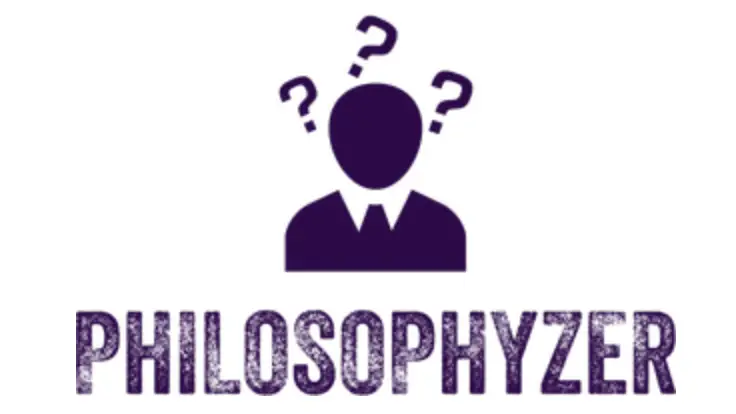Archetypes (according to Jung) are mythological motifs in our consciousness which are ‘typical forms that appear spontaneously all over the world, independently of tradition, in myths, fairytales, fantasies, dreams, visions, and the delusional systems of the insane’.
Jung revived the ancient Gnostic term ‘archetype’ for this phenomenon – it represented the ‘patterning tendency’ in the human psyche to produce such images of common human experiences, across cultures. Here are some examples:
| king sacred child prince/princess wise old man father evil giant | holy man sacred rock brave young boy wicked witch wise old woman magic potion | invincible weapon wandering hero speaking animals after-life golden age the great journey |
They personify different aspects of the mind. ‘Philemon’ was a major figure in Jung’s own dreams – generating insights Jung himself would have been incapable of conceiving.
Points to note about Archetypes…
i) Note the distinction between ‘archetype’ and ‘archetypal image’ – the latter is not itself the archetype. The archetype is the structural tendency within the human species to produce such images. Carl Gustav Jung compared it to a negative that has to be developed, a primordial or latent image ‘determined as to its content only when it becomes conscious and is filled out with the material of conscious experience.’
ii) Archetypes are inherent and universal in the human species. They reside in the ‘bones and marrow’ as deeply ingrained tendencies; ‘the imprints of the soul’ that had developed like animal instincts as the result of innumerable, recurring experiences of the species adapting to its environment over the centuries.
iii) Archetypes express themselves spontaneously and in a variety of forms; i.e they are not the products of rational deliberation or decision.
Types of Archetype
A. Archetypal Persons, Places and Things
(i.e figures that humans everywhere perceive as recurrent types)
i) The Hero: the most psychologically powerful figure to appear in the art, literature and storytelling of the world (cf. J. Campbell’s book, Hero With A Thousand Faces). The face for the ‘ego’.
Hero stories invariably have a threefold pattern;
a) ‘the depature’
b) ‘the trials’
c) ‘the return’
ii) Masculine and Feminine archetypes:
Masculine; kind father; ogre; friendly dwarf; divine child; youth savant; wise man; wizard; saint; sinner; sage; slayer of dragons; frog with prince inside; tyrant king with self-destructive demon inside.
Feminine; the nourishing mother/or cruel mother/stepmother; lovely princess and wicked queen; wise old woman; witch of the north; heroine in armour; the huntress; virgin; earth mother; cinderella; the femme fatale.
iii) Archetypes of the ‘Inner Self’:
the ‘persona’;
the ‘anima’; (causes moods) e.g ‘She’ – beautiful and immortal princess in Rider Haggard.
the ‘animus’; (produces opinions) e.g Mr. Rochester in Jane Eyre.
(Man in the grip of anima is sentimental and childish; woman in the grip of animus is argumentative, irritable and opinionated. Jung had little patience with the idea of ‘unisex’. Jung called American universitites ‘animus incubators’ – tuning women into imitators of men. The animus/anima shouldn’t be allowed to take over the function of the ego).
The ‘shadow’; people are not as virtuous as they appear; i.e. no black and white – Sherlock Holmes versus Moriarty (Napoleon of crime) Holmes is impossible virtuous.
the ‘ego’
the ‘androgyne’
‘flesh and spirit’
the four functions of thought/feeling/sense/intuition
iv) Archetypes of the ‘Other’
the threatening ‘other’ (Gk. Barbados; Latin Alienus)
the ‘other’ as God-sent gift (‘angel unawares’ etc.)
v) Archetypes of the A’Cosmos’ (Gk. ‘structure’)
typical ways of structuring the universe (heaven ‘above’; hell ‘below’, etc.)
vi) Archetypes of the ‘holy’
God images
Spirit
transcendent being with personal attributes (father; judge; creator redeemer, etc.)
B. Archetypal Processes
i) Conflict between good and evil
Messiah overcoming beast in Revelation.
St. George overcoming the dragon.
ii) Planting, growing and harvesting
iii) Death and Resurrection
Prodigal son
Exodus and exile
Second coming
Last day
iv) Experiencing life as history
Millenial schemes
‘times and seasons’
I hope that these notes were helpful to you. For further reading, I recommend…


1 thought on “Archetypes – What are Archetypes? Types of Archetypes”